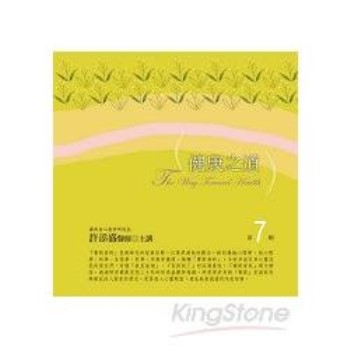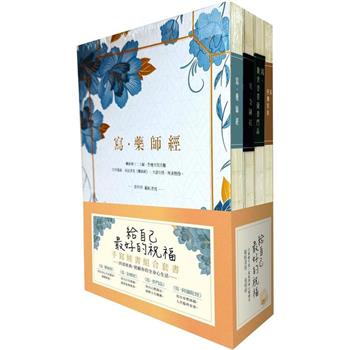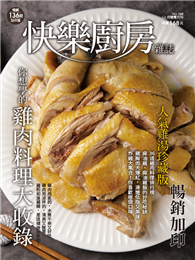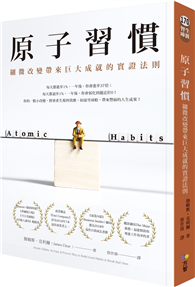| FindBook |
有 1 項符合
Solder Paste in Electronics Packaging: Technology and Applications in Surface Mount, Hybrid Circuits, and Component Assembly的圖書 |
 |
Solder Paste in Electronics Packaging: Technology and Applications in Surface Mount, Hybrid Circuits, and Component Assembly 作者:Hwang 出版社:Springer Verlag 出版日期:2012-02-20 語言:英文 規格:平裝 / 15.2 x 22.2 x 2.5 cm / 普通級 |
| 圖書館借閱 |
| 國家圖書館 | 全國圖書書目資訊網 | 國立公共資訊圖書館 | 電子書服務平台 | MetaCat 跨館整合查詢 |
| 臺北市立圖書館 | 新北市立圖書館 | 基隆市公共圖書館 | 桃園市立圖書館 | 新竹縣公共圖書館 |
| 苗栗縣立圖書館 | 臺中市立圖書館 | 彰化縣公共圖書館 | 南投縣文化局 | 雲林縣公共圖書館 |
| 嘉義縣圖書館 | 臺南市立圖書館 | 高雄市立圖書館 | 屏東縣公共圖書館 | 宜蘭縣公共圖書館 |
| 花蓮縣文化局 | 臺東縣文化處 |
|
|
圖書介紹 - 資料來源:博客來 評分:
圖書名稱:Solder Paste in Electronics Packaging: Technology and Applications in Surface Mount, Hybrid Circuits, and Component Assembly
內容簡介
One of the strongest trends in the design and manufacture of modern electronics packages and assemblies is the utilization of surface mount technology as a replacement for through-hole tech nology. The mounting of electronic devices and components onto the surface of a printed wiring board or other substrate offers many advantages over inserting the leads of devices or components into holes. From the engineering viewpoint, much higher lead counts with shorter wire and interconnection lengths can be accommo dated. This is critical in high performance modern electronics packaging. From the manufacturing viewpoint, the application of automated assembly and robotics is much more adaptable to high lead count surface mounted devices and components. Indeed, the insertion of high lead count parts into fine holes on a substrate might often be nearly impossible. Yet, in spite of these surface mounting advantages, the utilization of surface mount technology is often a problem, primarily due to soldering problems. The most practical soldering methods use solder pastes, whose intricacies are frequently not understood by most of those involved in the engineering and manufacture of electronics assemblies. This publication is the first book devoted exclusively to explanations of the broad combination of the chemical, metallurgical, and rheological principles that are critical to the successful use of solder pastes. The critical relation ships between these characteristics are clearly explained and pre sented. In this excellent presentation, Dr. Hwang highlights three impor tant areas of solder paste technology.
|











